Or search by topic
Number and algebra
Geometry and measure
Probability and statistics
Working mathematically
Advanced mathematics
For younger learners
Gabriel's Problem



Gabriel's problem printable worksheet
Gabriel wrote the numbers 1-9 in a 3x3 grid.
He then multiplied together all the numbers in each row and wrote the resulting product next to that row.
He also multiplied the numbers in each column together, and wrote the product under that column.
He then rubbed out the numbers 1-9.
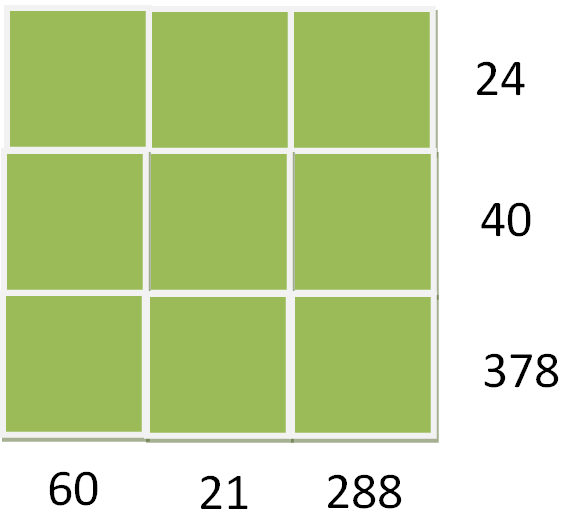
Can you work out where Gabriel placed the numbers 1-9?
Did you have more information than you needed?
Can you fill these grids? One of them has more than one solution:
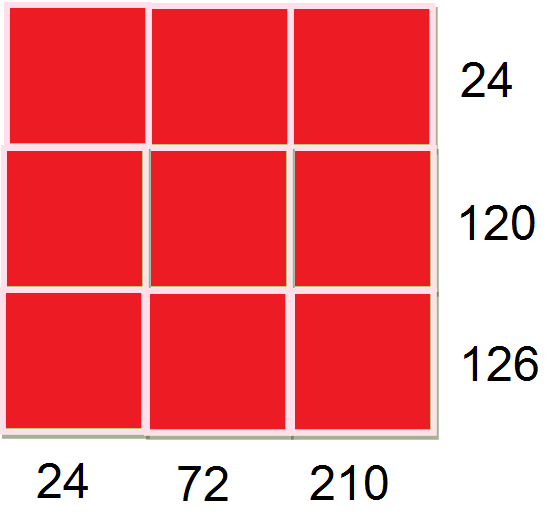
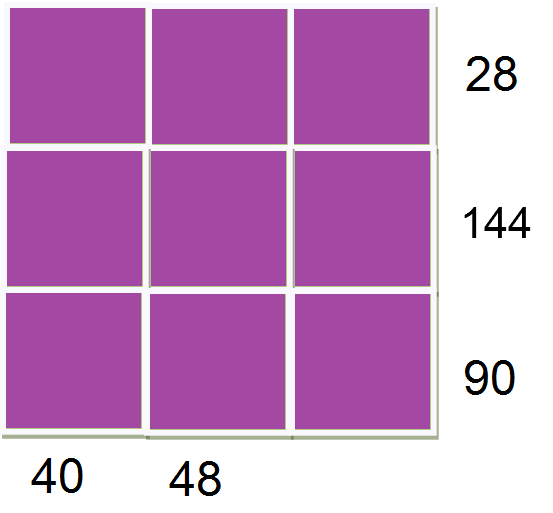
For this grid, Gabriel used the numbers 1, 2, 3, 4, 5, 6, 9, 10 and 12.
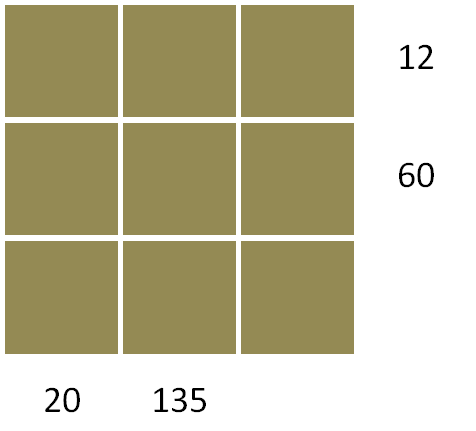
If you would like to try some more problems like these, then click on the button below.
Can you work out where to place the numbers 1-12 in this grid?
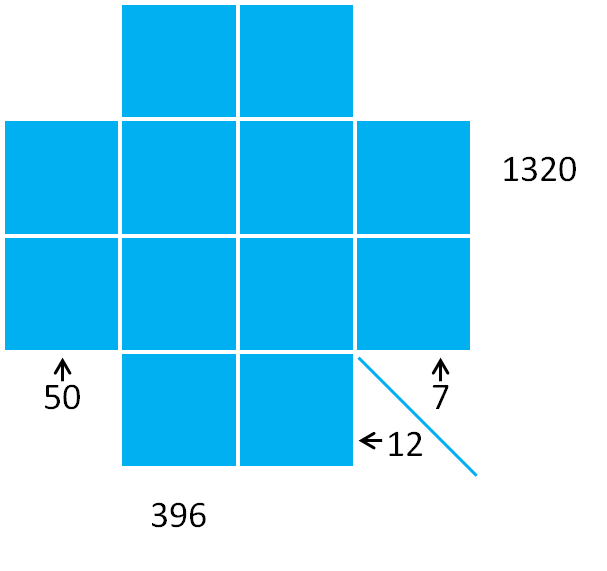
Can you work out where to place the numbers 1-12 in this grid?
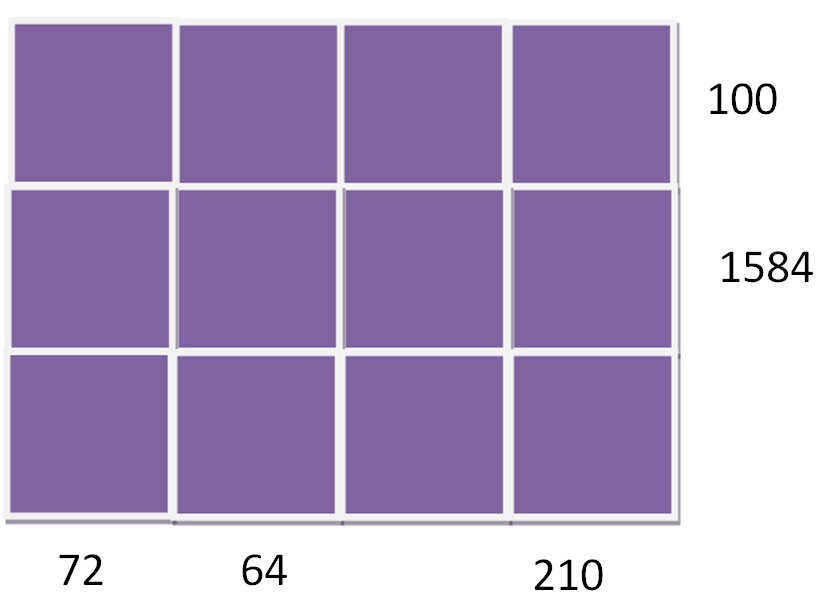
Can you work out where to place the numbers 1-12 in this grid?
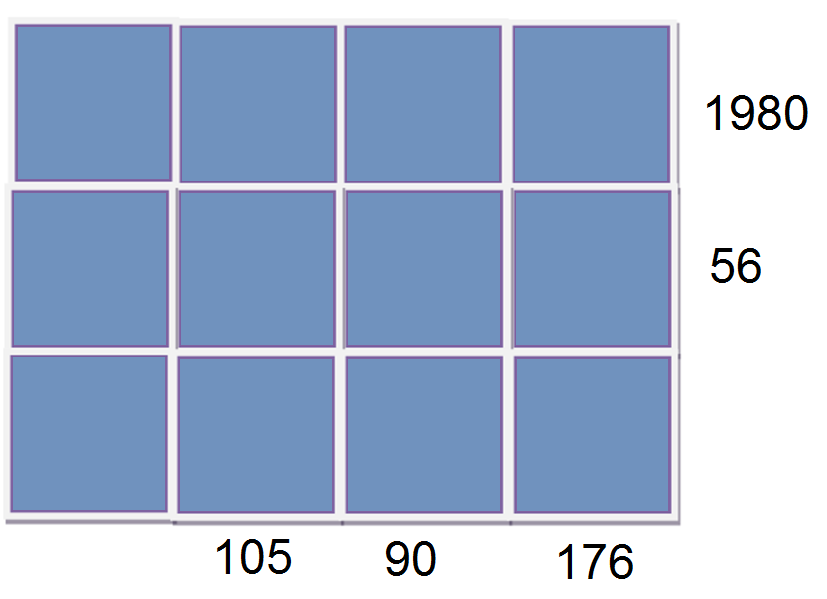
Can you work out where to place the numbers 1-16 in this grid?
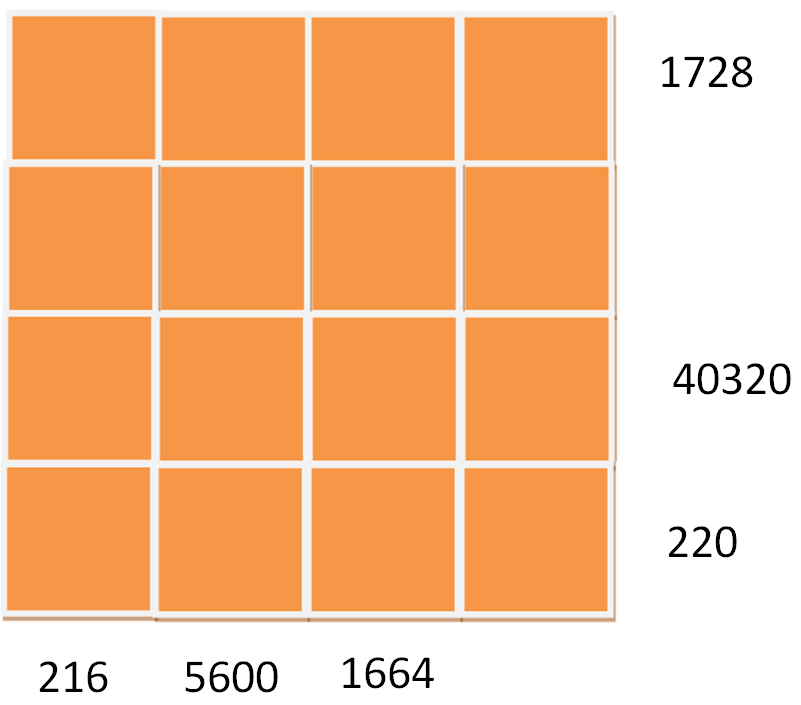
Alternatively, you could try making some diagrams of your own, and give them to your friends to solve.
What features of a grid make it easier or harder to solve?
Extension:
Gabriel used the numbers 1, 2, 3, 4, 6, 8, 9, 12 and 16 to make this grid.
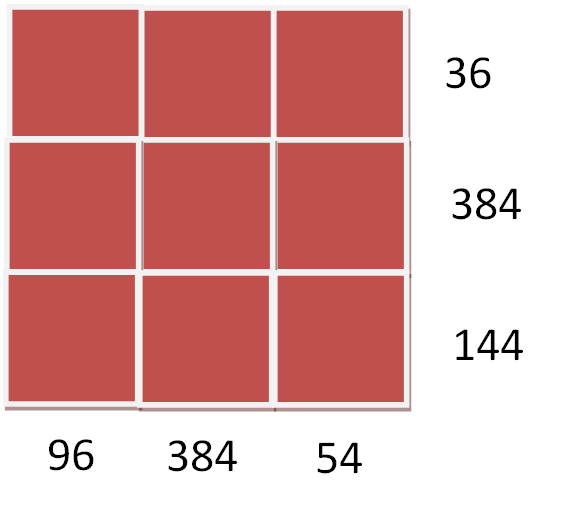
How many solutions can you find?
Is this diagram easier or harder to complete than the ones above? Why?
Click here for a poster of this problem.
If you enjoyed working on this problem you may also enjoy Product Sudoku.
With thanks to Gabriel Solari, whose idea formed the basis of this problem.
Related Collections
You may also like
Adding All Nine
Make a set of numbers that use all the digits from 1 to 9, once and once only. Add them up. The result is divisible by 9. Add each of the digits in the new number. What is their sum? Now try some other possibilities for yourself!

